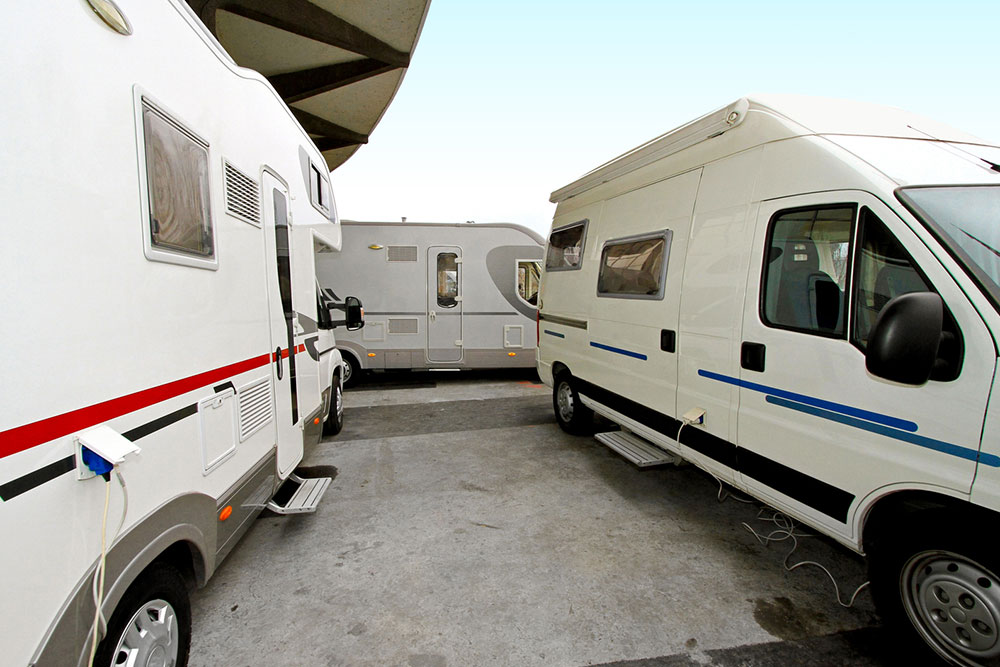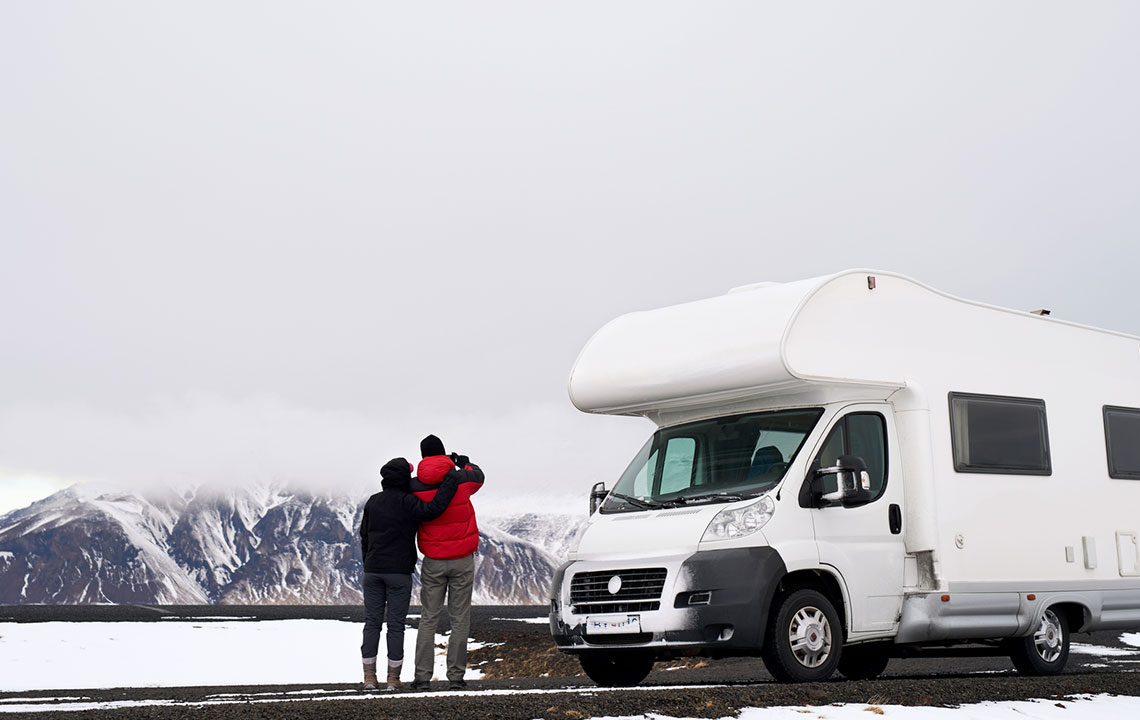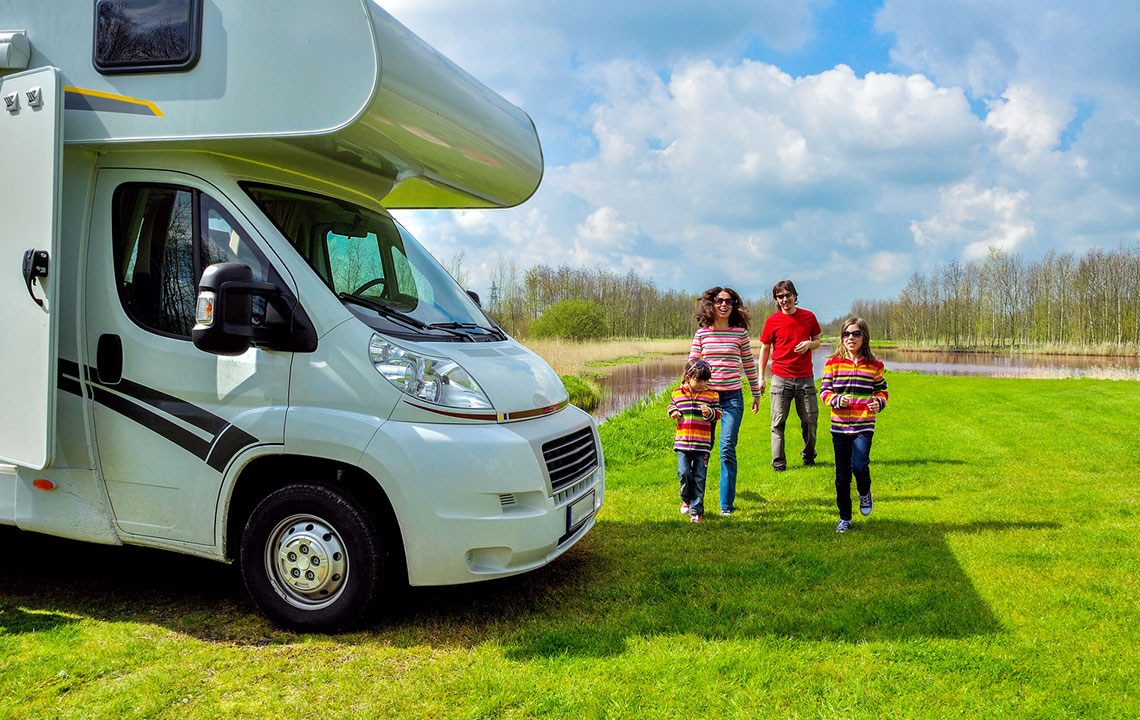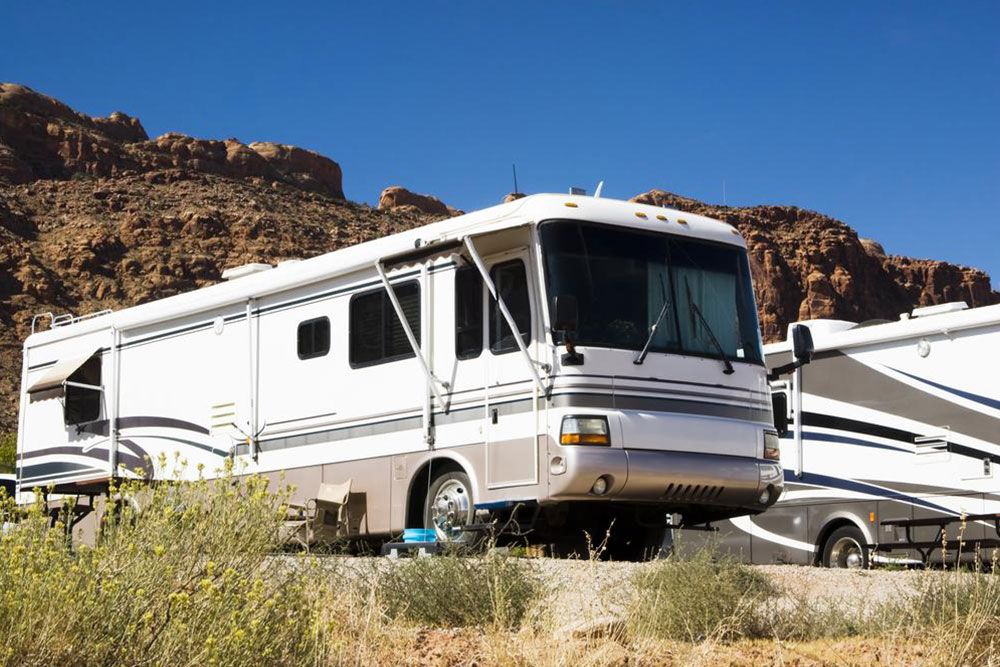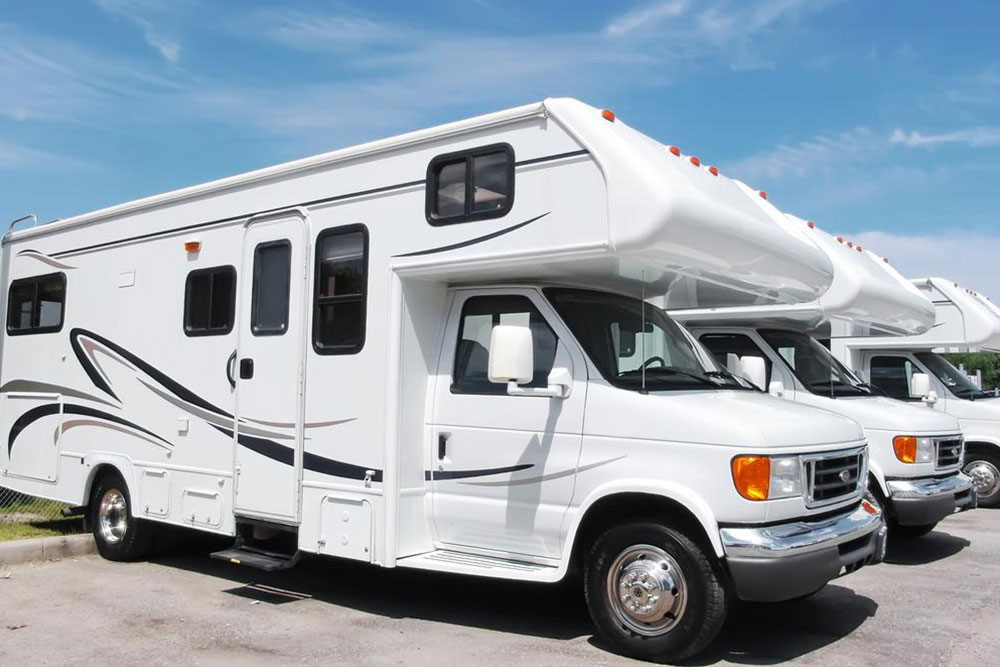Essential Tips for Planning an Enjoyable Motorhome Road Trip
Planning a memorable motorhome road trip involves understanding vehicle options, costs, US road rules, and travel tips. This guide covers RV classes, budgeting, and essential driving regulations to ensure an enjoyable adventure across America's scenic routes. Whether renting or owning, proper preparation helps maximize fun, safety, and savings on your journey.
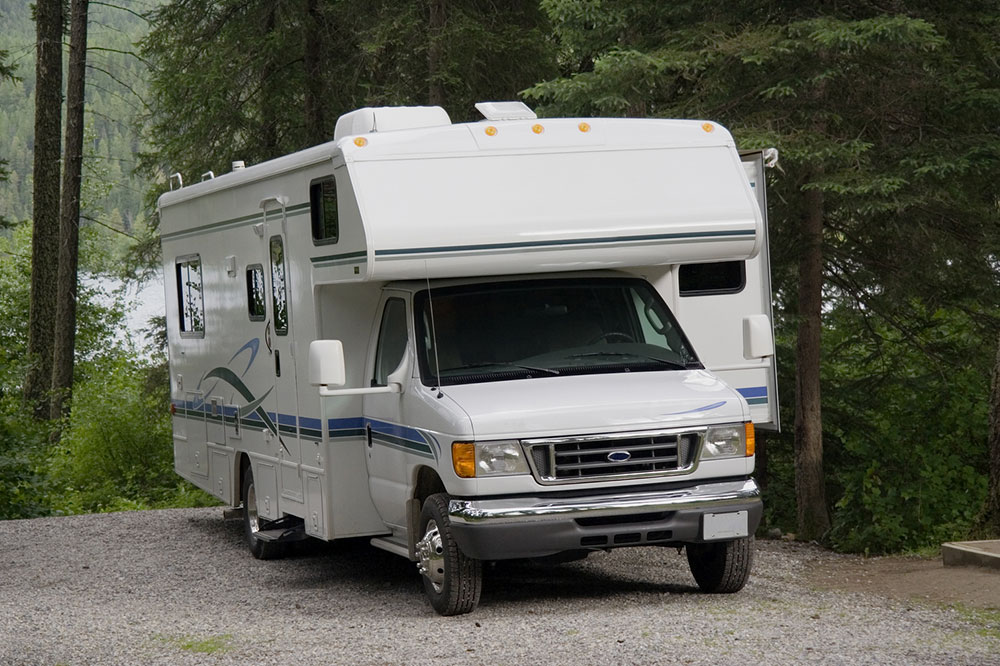
Tips for a Successful Motorhome Journey
Traveling across the United States by road offers breathtaking sights—from the scenic Pacific coast highways and rugged canyon terrains to beautiful beaches and breathtaking national parks. Imagine experiencing this natural beauty from the comfort of a home on wheels, surrounded only by sunshine and stunning scenery. As the travel industry booms, road trips are becoming increasingly popular among younger generations. Exploring in a personal vehicle adds excitement and freedom—and having all the comforts of home along the way makes the adventure even better.
Recreational vehicles (RVs), campervans, motorhomes, or caravans provide a flexible, fun, and efficient way to travel cross-country. Their all-in-one design combines transportation and accommodation, reducing costs—fuel, nightly rental fees, and food expenses—by over half. If equipped with a kitchen, travelers can save further by preparing their own meals. Renting an RV is an affordable alternative for many, with most companies offering unlimited mileage and generator access, making it perfect for group or family trips. While costs vary based on several factors, planning carefully ensures a memorable adventure.
Choosing an RV rental is budget-friendly, especially when factoring in seasonal rates and optional add-ons that influence pricing. RVs come in various classes, styles, and brands, catering to different needs and budgets. The major RV categories include:
Class A / Luxury RVs: These spacious, high-end vehicles feature full amenities—kitchens, bathrooms with showers, bedrooms, and ample storage—perfect for up to 12 travelers.
Class B / Compact Motorhomes: Smaller, more economical options built on van chassis with raised roofs. They include essential facilities like showers and toilets and are ideal for cost-conscious travelers seeking efficiency. Rates can be as low as $100 per night.
Class C / Mid-Range Motorhomes: These models are built on truck or van frames, with slide-outs, basic sleeping arrangements, and no dedicated kitchens, offering a budget-friendly way to experience RV travel in its raw form.
When planning your road trip, remember that US road rules differ by state. Key points include:
The national highway system includes major roads, highways, and interstates, with varying signs, speed limits, and mile markers.
Each state has its highway numbering system, often marked with distinctive shields and symbols such as state flags or shapes.
Driving is on the right side of the road.
Familiarize yourself with each state's rules on intersections, stop signs, and traffic signals.
Hitchhiking or picking up passengers on the roadside may be illegal in some states.
Pay attention to road markings, signage, and the right-of-way rules—usually, the first vehicle to stop has priority.
Always obey speed limits, avoid speeding, and consider investing in GPS or navigation systems.
States require specific licenses and permits for interstate RV travel.
Driving laws regarding alcohol, cell-phone use, and seat belts vary; adhere strictly to local regulations.
Some states have toll roads, which accept cash or electronic payments like E-ZPass—check rental terms for details.
Note:
The information shared here is for general guidance; always verify local regulations and conditions before your trip. Our blog offers useful insights but should not substitute official sources or detailed planning. We disclaim responsibility for any inaccuracies or changes in laws and policies across different states.

